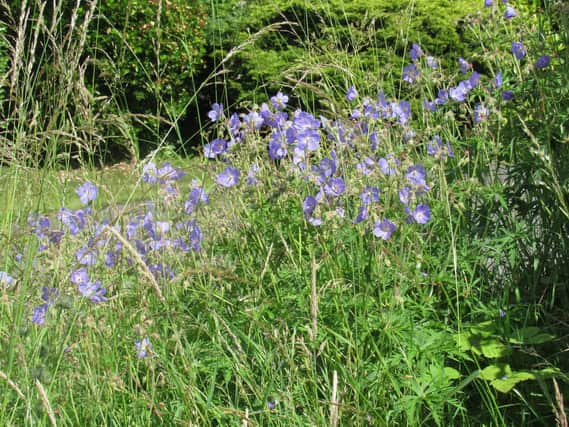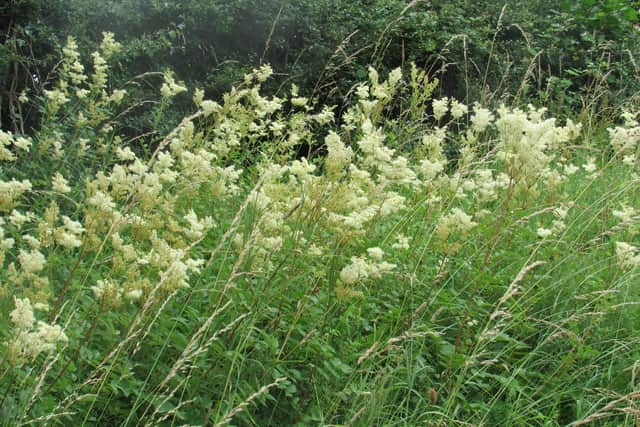Roadside verges across Harborough are being turned into desperately-needed wildflower havens


Roadside verges across Harborough are receiving a biodiversity turbocharge as they are turned into desperately-needed wildflower havens.
Over 40 parishes throughout Leicestershire have already signed up for the bold county council scheme.
Advertisement
Hide AdAdvertisement
Hide AdVolunteers are giving up their time to make a difference by weeding, sowing seeds and developing new wildflower verges in their communities.


A staggering 97 per cent of Britain’s wildflower meadows have been lost in the last century.
Now Leicestershire County Council is seeking more villages and towns to back its green blueprint - a key part of its vow to combat climate change and become a net zero county by 2045.
Cllr Blake Pain, the council’s cabinet member for the environment and the green agenda, said: “Creating and restoring more natural verges and reducing grass cutting across Leicestershire is an important part of the council’s work to conserve our natural environment.
Advertisement
Hide AdAdvertisement
Hide Ad“These verges provide valuable habitat for a diverse variety of wildlife and plant species in the county, as well as being a vital refuge for pollinators like bumblebees and butterflies.
“We hope to work with more parishes on this initiative in the future.”
To protect the natural habitat and allow the wildflowers to bloom and flourish, these verges are generally not mown between April and August.
This year the county saw its highest number of designated wildflower verges - over 54, which is about the size of two football pitches.
Over 330 species were also recorded through NatureSpot.
Advertisement
Hide AdAdvertisement
Hide AdThat’s a Leicestershire-based charity which aims to heighten public awareness of wildlife and biodiversity.
Expressions of interest are now open for local parishes and communities which would like to create additional wildflower verges in 2022.
If you are keen to support the project you can contact the council’s environment team at: [email protected]
To be eligible, the verge must be owned and managed by the county council to qualify and not obstruct any road markings. Full guidance will be provided throughout the application process and a free online introductory session will also be held in October.
Advertisement
Hide AdAdvertisement
Hide AdTo find out more about grass cutting in Leicestershire, visit: https://www.leicestershire.gov.uk/popular-now/grass-cuttingKey statistics and findings from the 2021 wildflower verge survey:
- 54 Leicestershire verges surveyed by NatureSpot volunteers
- 18 volunteers contributed 335 hours
- 339 species (across 26 different wildlife groups)
- 1,937 wildlife records deposited
- 172 different wildflower species recorded
- 30 different grass species recorded.